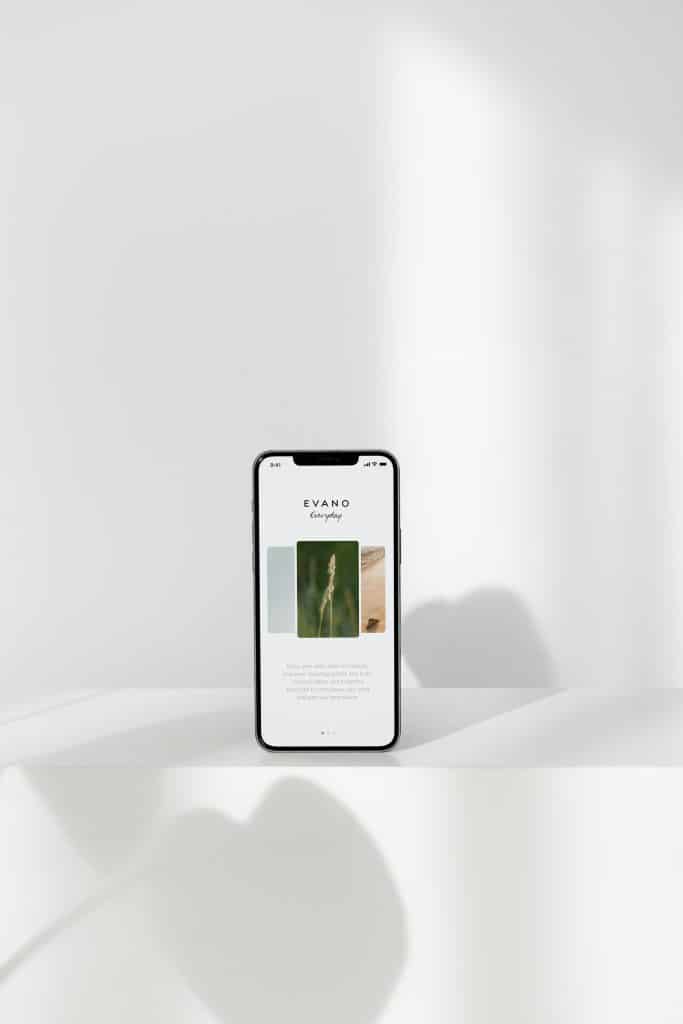If you’re a developer looking for a new app to create or a business looking for a new market to cater to, developing a meditation app can be the ideal option. Meditation is a method people use to help them feel more centered, calm and relaxed. It can help reduce stress and boost mental health. Meditation uses combinations of mindfulness, breathing exercises and mental exercises to achieve a peaceful and emotionally balanced mindset.
Whether this is your first app development project or your one hundredth, it is important to understand the process and the unique requirements of a meditation app. You’ll need the proper resources, understanding of the market, and development team. You’ll also need to consider how you can monetize your app to help cover costs and bring in profits.
Understand The Demand For Meditation Apps
Increasingly, we are seeing the vital importance of maintaining our mental health. Stress, anxiety and depression are common, and our busy, fast-paced lives can make it hard to find time to relax and unwind properly. This is where meditation apps come in. Meditation has long been known to help improve mental health by aiding relaxation, reducing stress and increasing mindfulness.

Meditation apps have seen a significant rise in popularity, particularly since the start of the pandemic. People are keen to prioritize their mental health and prevent issues from snowballing into larger and more difficult challenges to overcome. Regular meditation can be a great way to give yourself regular mental health care. You can click to learn more about breathwork and meditation.
Know What People Want In A Meditation App
For many, meditation can be challenging to master, and it can often require practise to do effectively. Part of the reason demand for meditation apps is so high is because they give step-by-step guides to users on how to achieve a true meditative state. Your app will need to provide all a user could need to get started, along with plenty of content to help them continue with the practice.
Some of the features that people expect to find in a meditation app include guided meditation videos or audio, specialist options for sleep and mindfulness, new daily content, and meditations of various lengths. The app should also be visually appealing and uncluttered and have a range of voices available.
Offer Something New
There are plenty of meditation apps available to users nowadays, so you’ll need to give your users something unique. You could consider integrating more niche and unique meditation experiences into your app to give your users something new. You could also consider offering live meditation classes through the app or include yoga tutorials to follow alongside meditation.
Decide On Pricing Policy
With any app, it is essential to find ways to monetize without detracting from the user experience. There are a few options available to help you make money from your app. First, you could consider making your app pay-to-download. This could be a one-off fee or a monthly or yearly subscription.
You could consider allowing free downloads and monetizing through in-app purchases. These purchases could unlock additional meditation bundles to give your users more variety. If you are reluctant to charge at all for what can be an important mental health service, you could consider integrating adverts into the app.
Design A Relaxing Interface

To make the customer experience the best it can be, you’ll have to put careful thought into the design of the app’s interface. As a meditation app, you’ll need the app to have a relaxed and calming tone without too much clutter. Generally, the simpler a meditation app, the better. You should use calming and relaxing colors and avoid any loud or jarring sounds.
Test Extensively For Errors And Bugs
Nothing will bring someone out of a meditative state like running into a bug in the app mid-video. You should ensure that your app is tested extensively throughout the development process to identify any issues before the app reaches its audience.
One of the best ways to prevent issues and identify existing problems is through application fuzzing. This is an AI-led approach that rapidly and thoroughly tests the code of an app for problems to be resolved. Always choose a reputable and highly experienced company like ForAllSecure to provide app fuzzing services.
Offer Quality Informative Content
The content provided in your app can make all the difference to your users’ experience. Content is one of the most vital factors for any meditation app, and you’ll need to generate a lot of it. This should mostly be audio or video, though written content can also be beneficial for those that want to learn more about the science and history of meditation.
You’ll need an extensive library of content to begin with, and should then add to this library over time. You should also vary your content to cater to different personal tastes, particularly with narrated guided meditation. A range of voice options can also be invaluable, including male and female voices.
Let Users Personalize Their Experience
Meditation is a deeply personal practice that varies from person to person. There is no one-size-fits-all approach to meditation, so you should give users the ability to personalize their experience. You could start by providing the option to curate the meditations in their feeds based on different topics. You could also allow users to customize the appearance of the app to best suit their meditation needs. What is relaxing and calming to one person may not be to another, so the choice is key.

Get Funding
Finding your app can be a big hurdle to overcome, and you’ll need to balance how much you put into your app with how much you can hope to get out of it. A common option for individual developers or businesses is private loans from banks. If you consider this option, you should carefully assess the payments to be made and how easily you can manage them.
You could also look for investors to help you get the app off the ground. This can be a less risky option, but investor money can be difficult to come by. You’ll need a rock-solid business plan for the app, with projections on the potential profitability of the project. You’ll also need to prove to investors that your app is something special and not yet another basic meditation app.
Use Push Notifications Carefully
Overuse of push notifications is a leading reason that people uninstall an app. Along with excessive advertising and overly large apps, push notifications can lead to users feeling overwhelmed or spammed by an app. You should use push notifications carefully and avoid overuse at all costs. A notification service provider could help you manage this problem.
You should also give users complete control over which push notifications they receive and at what time. It can be a fine line to tread between offering a helpful reminder to meditate for the day and overloading users with notifications.
Release The App On Apple And Android
To reach the greatest audience of meditation lovers, it is vital to offer your app for use on Apple and Android devices. Some businesses choose one or another to cut costs, since if you decide to cater to both, you’ll essentially need to create two separate apps.
Another option is to make a hybrid app with wrapper code that wraps the app and configures it for use with Apple and Android operating systems. This option is more expensive than an individual app but significantly cheaper than making one app for Apple and another for Android.














Leave a Reply